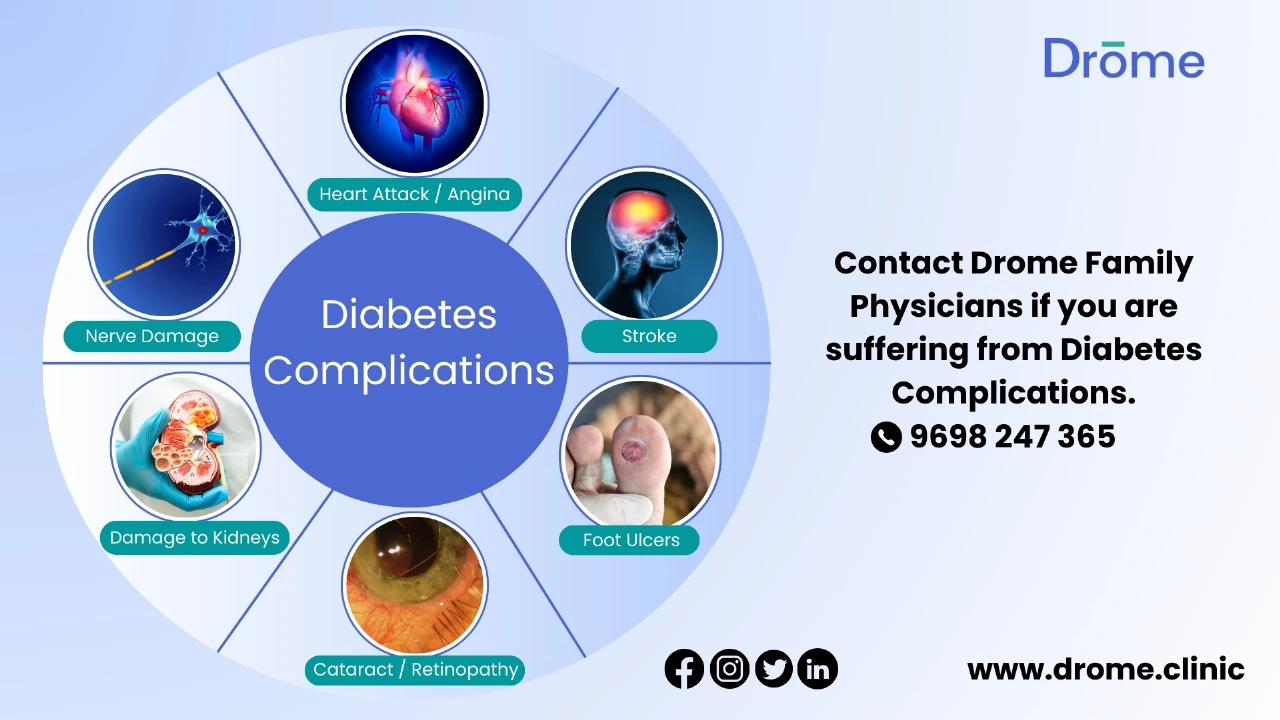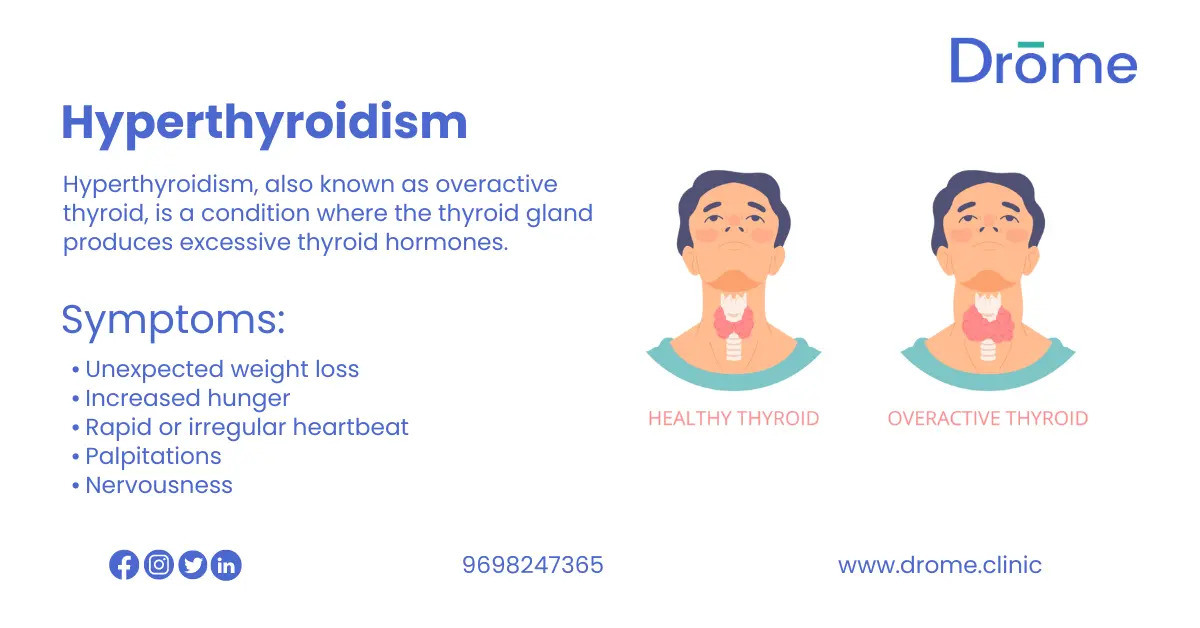Updates: Revolutionize your creative process with tools that empower precision and inspire innovation. For designers who dare to redefine possibilities.
Updates: Revolutionize your creative process!
Category: General
Check our latest post
Published on 26 October 2024
According to the Indian Council of Medical Research (ICMR), breast cancer has emerged as the most prevalent type of cancer among Indian women, accounting for 27% of all cancer cases in females. While cervical cancer was once the leading cause of cancer deaths in Indian women, breast cancer has now
Published on 25 June 2024
Gout: Precautions and Treatment Strategies Gout is a painful form of arthritis that occurs when uric acid builds up in the blood and forms sharp crystals in one or more joints. Commonly affecting the big toe, gout can cause intense pain and swelling, along with redness and heat in the
Published on 17 June 2024
Urinary tract infections ( UTIs) are among the most common infections, affecting millions of people each year. They occur when bacteria enter the urinary system, which consists of the kidneys, ureters, bladder, and urethra. While UTIs are treatable, they can cause significant discomfort and may lead to more serious health
Published on 11 June 2024
What is Irritable Bowel Syndrome? IBS is a group of symptoms that affect the digestive system. It is a common but uncomfortable gastrointestinal disease, or condition that affects the intestines.It is characterised by a combination of abdominal pain and altered bowel habits – either constipation, diarrhea, or both in alternation.
Published on 5 June 2024
As temperatures soar to extreme highs during a heatwave, it is crucial to take proactive steps to protect yourself and your loved ones. Heatwaves can pose serious health risks, including heat exhaustion, heatstroke, and dehydration. Heat Waves A heat wave occurs when the temperature rises significantly above the average for
Published on 23 May 2024
Hepatitis B – An Overview Hepatitis B is a serious liver infection caused by the hepatitis B virus (HBV). It can become chronic, leading to long-term liver problems and even life-threatening conditions such as cirrhosis and liver cancer. Awareness and prevention are crucial in managing the spread and impact of
Published on 10 May 2024
Chronic Complications of Diabetes Diabetes is a complex chronic condition that, if not managed properly, can lead to a range of severe health complications. It is vital for individuals living with diabetes to understand these potential risks in order to take proactive measures to prevent them. Here’s a closer look
Published on 29 April 2024
Understanding Diabetes Diabetes is a chronic health condition that affects millions of people worldwide and is particularly prevalent in countries like India, where lifestyle and genetic factors contribute significantly to its incidence. Understanding diabetes, its types, causes, and symptoms can help in managing or even preventing Diabetes. What is Diabetes?
Published on 19 April 2024
Hemorrhoids: A Common Yet Misunderstood Condition Hemorrhoids, often known as piles, are a condition hardly discussed openly, yet they affect a significant portion of the population. This brief exploration into hemorrhoids aims to demystify the condition, shedding light on its risk factors, types, symptoms, causes, and treatment. Who Might Get
Published on 12 April 2024
Understanding Hyperthyroidism: A Guide for the Indian Population In India, where diverse diets and lifestyles significantly impact health, understanding conditions like hyperthyroidism is crucial. This write-up aims to shed light on hyperthyroidism, its symptoms, causes, treatments, and ways to manage or prevent it, tailored to the Indian context. What is
Published on 5 April 2024
Herpes Zoster: A Brief Overview Herpes zoster, commonly known as shingles, is a viral infection caused by the reactivation of the varicella-zoster virus, the same virus responsible for chickenpox. It is characterized by a painful rash, usually on one side of the body or face. Causative organism: Varicella Zoster virus-which
Published on 20 February 2024
Introduction Anaemia is a prevalent health condition in India, affecting a significant portion of the population across various age groups. It’s characterized by a decrease in the total amount of red blood cells (RBCs) or haemoglobin in the blood, leading to reduced oxygen flow to the body’s organs. The condition












